Granite Countertops Care and Maintenance: Keeping Your Kitchen Surfaces Beautiful
August 26, 2025
Tips for Granite Countertop Maintenance and Care
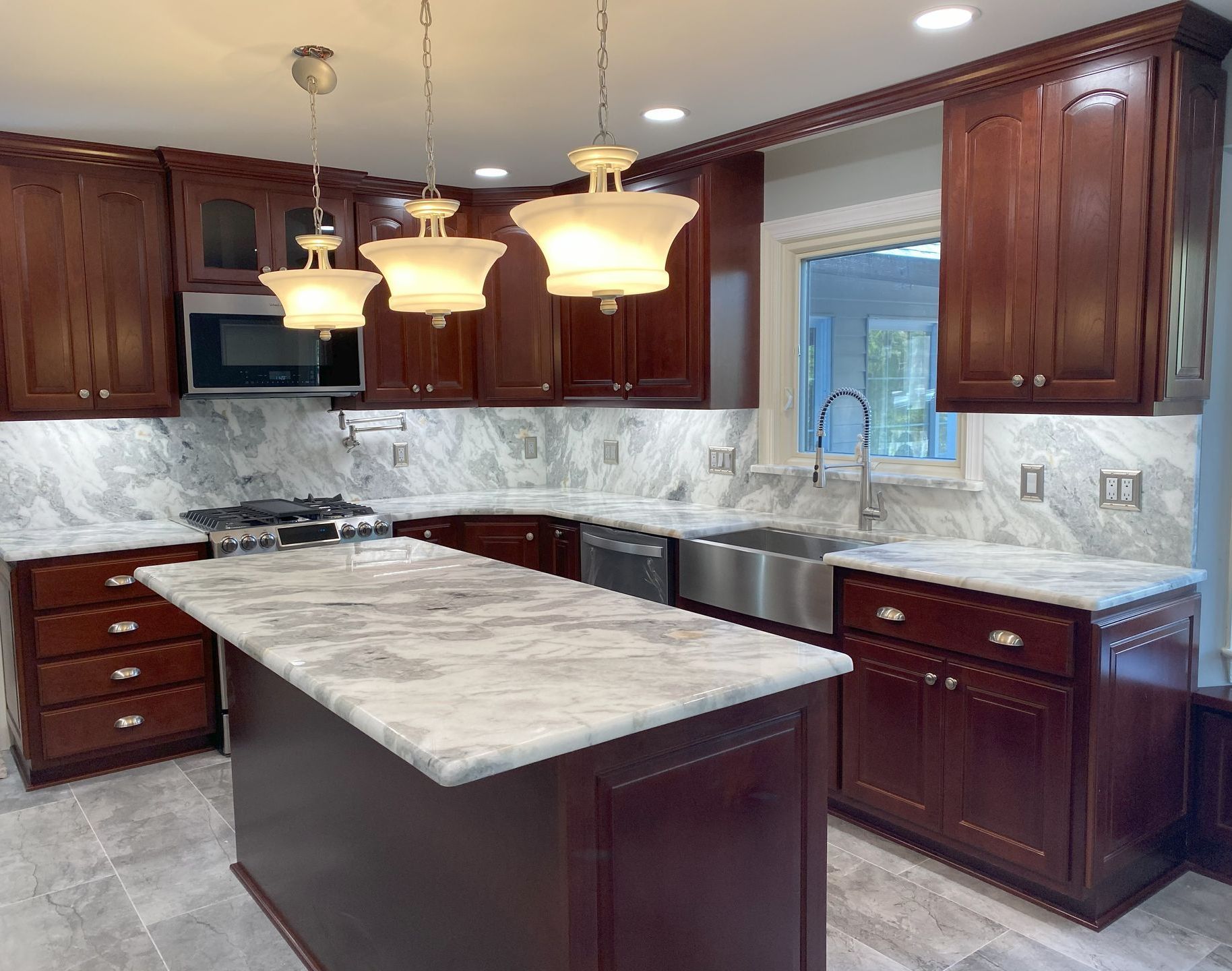
Granite countertops are an enduring favorite in many kitchens and bathrooms. Known for their beauty, durability, and ability to add a touch of luxury to any space, granite is one of the most popular materials for countertops. However, like any natural stone, granite requires care and maintenance to ensure it stays looking its best for years to come.
Below, we provide a comprehensive guide to maintaining and caring for your granite countertops so you can enjoy their beauty and functionality for the foreseeable future.
1. Sealing Your Granite Countertops
Granite is a porous material, which means it can absorb liquids like water, oil, and wine. This can lead to stains, discoloration, or even bacteria buildup if it is not properly sealed. Most granite countertops come pre-sealed when installed, but over time, the sealant can wear off.
How to seal your granite countertops:
- Clean the surface thoroughly using mild dish soap and warm water. Then, let it dry completely.
- Apply a granite-specific sealant to the countertop in thin layers.
- Follow the manufacturer’s instructions, but generally, you should wait around 24 hours before using the countertop after applying the sealer.
To check if your granite is still sealed, sprinkle a few drops of water on the surface. If the water absorbs into the stone, it's time to reapply the sealant.
We recommend sealing granite countertops every 12-18 months, depending on the type of sealant used, the amount of use the countertop gets, and its finish (leather, polished, honed). Sealing granite is something that homeowners can do themselves or hire a professional to do too (such as MGL Granite).
2. Cleaning Granite Countertops
Daily cleaning of your granite countertops is essential for keeping them looking pristine. Fortunately, it is very easy and straightforward to clean your countertops.
How to clean granite countertops:
- Use a gentle dish soap and warm water solution to wipe down the surface with a soft cloth or sponge.
- Avoid using harsh chemicals, bleach, or abrasive scrubbers, as these can damage the granite or strip its sealant.
- For tough stains or spills, mix a paste of baking soda and water, apply it to the stain, and let it sit for a few hours before wiping it off with a damp cloth.
- For a streak-free shine, dry the countertop with a microfiber cloth after cleaning.
3. Preventing Scratches and Damage
Granite is incredibly durable, but it’s not impervious to damage. To prevent scratches and other harm, follow these simple precautions:
Tips to prevent damage:
- Always use cutting boards when chopping, slicing, or preparing food. Avoid cutting directly on the granite surface, as it can dull your knives and cause scratches.
- Use trivets or hot pads under pots, pans, or baking dishes to prevent heat damage. While granite can withstand high temperatures, sudden temperature changes (like placing a hot pan directly on the surface) can cause cracks or discoloration.
- Be cautious with acidic substances such as lemon juice, vinegar, or wine and wipe up any spills as soon as possible. While granite is generally resistant to acids, prolonged exposure can eventually cause damage to the stone or its sealant.
4. Dealing with Stains
Granite is relatively stain-resistant, but it’s still a good idea to address any spills promptly to avoid long-term damage. Certain substances like oil, wine, and coffee can leave stains on the surface if not cleaned quickly.
How to tackle stains:
- For oil stains, make a paste with baking soda and water and apply it to the stain. Let it sit for several hours, then wipe it off with a damp cloth.
- For other stains, you can use a specialized granite cleaner or poultice designed for stone surfaces. Be sure to follow the instructions carefully to avoid damaging your countertop.
5. Polishing Granite Countertops
To restore your granite countertops’ luster, occasional polishing is needed. Polishing helps maintain the stone’s natural shine while also helping to create a protective layer. You can do this yourself by utilizing a granite-specific polish and buffing the surface or you can also hire someone to do the service (such as MGL Granite).
How to polish granite countertops:
- Use a granite-specific polish or a solution designed for stone surfaces.
- Apply the polish using a soft cloth and work it into the surface in circular motions.
- Buff the surface with a clean microfiber cloth for a streak-free finish.
6. Regular Inspections
Lastly, it's a good idea to regularly inspect your granite countertops for signs of wear. Look for cracks, chips, or signs that the sealant has worn away. If you notice any issues, take action right away to prevent further damage. For serious cracks or chips, you may need professional repair services to restore the countertop.
Granite countertops are a long-term investment that can add both beauty and functionality to your home. With proper care and maintenance, you can keep your granite looking as stunning as the day it was installed. Remember to clean it regularly, seal it as needed, and use the proper precautions to prevent scratches, stains, and heat damage. By following these simple care guidelines, your granite countertops will continue to shine for years to come, maintaining their appeal and enhancing the overall look of your kitchen or bathroom.
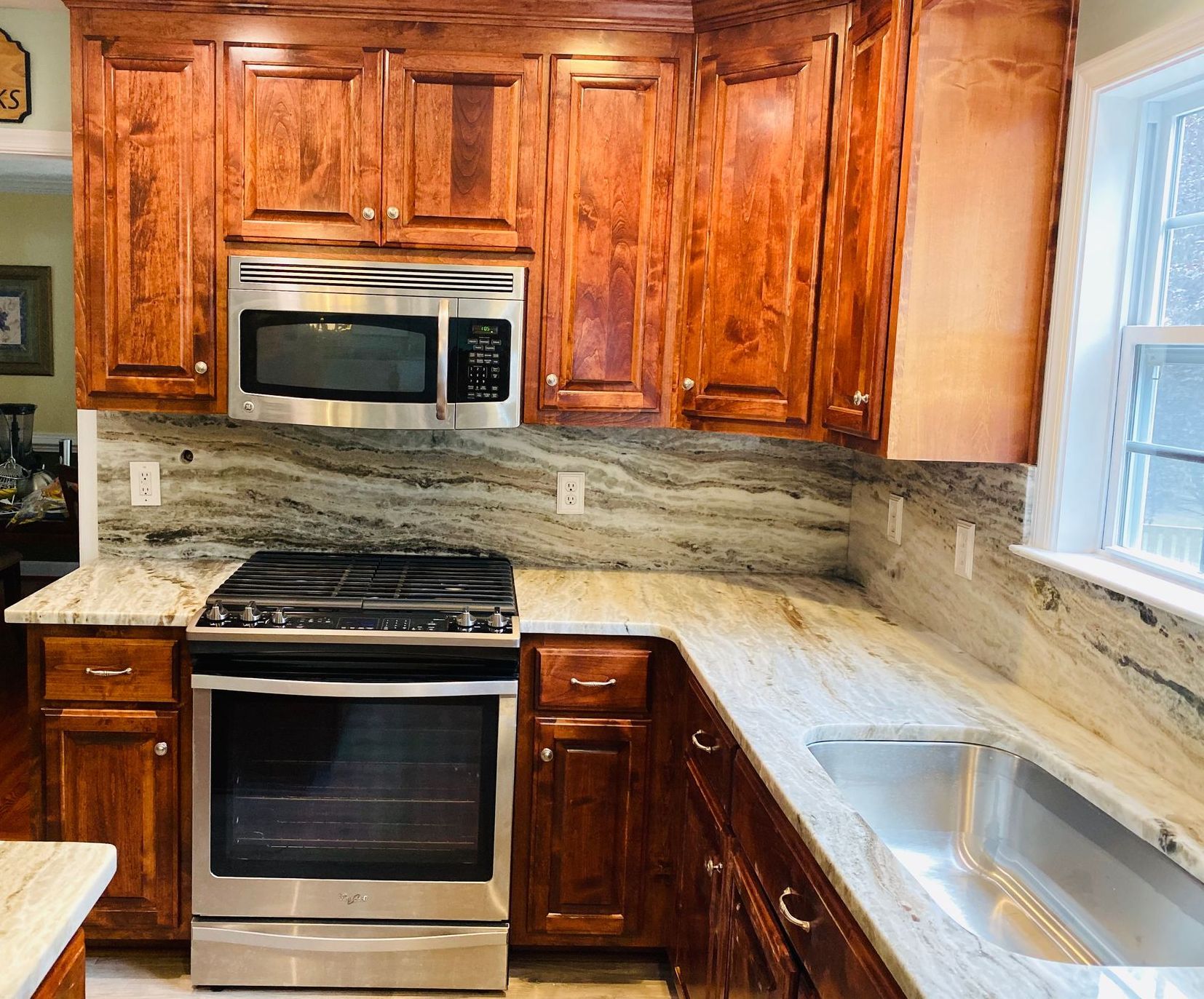
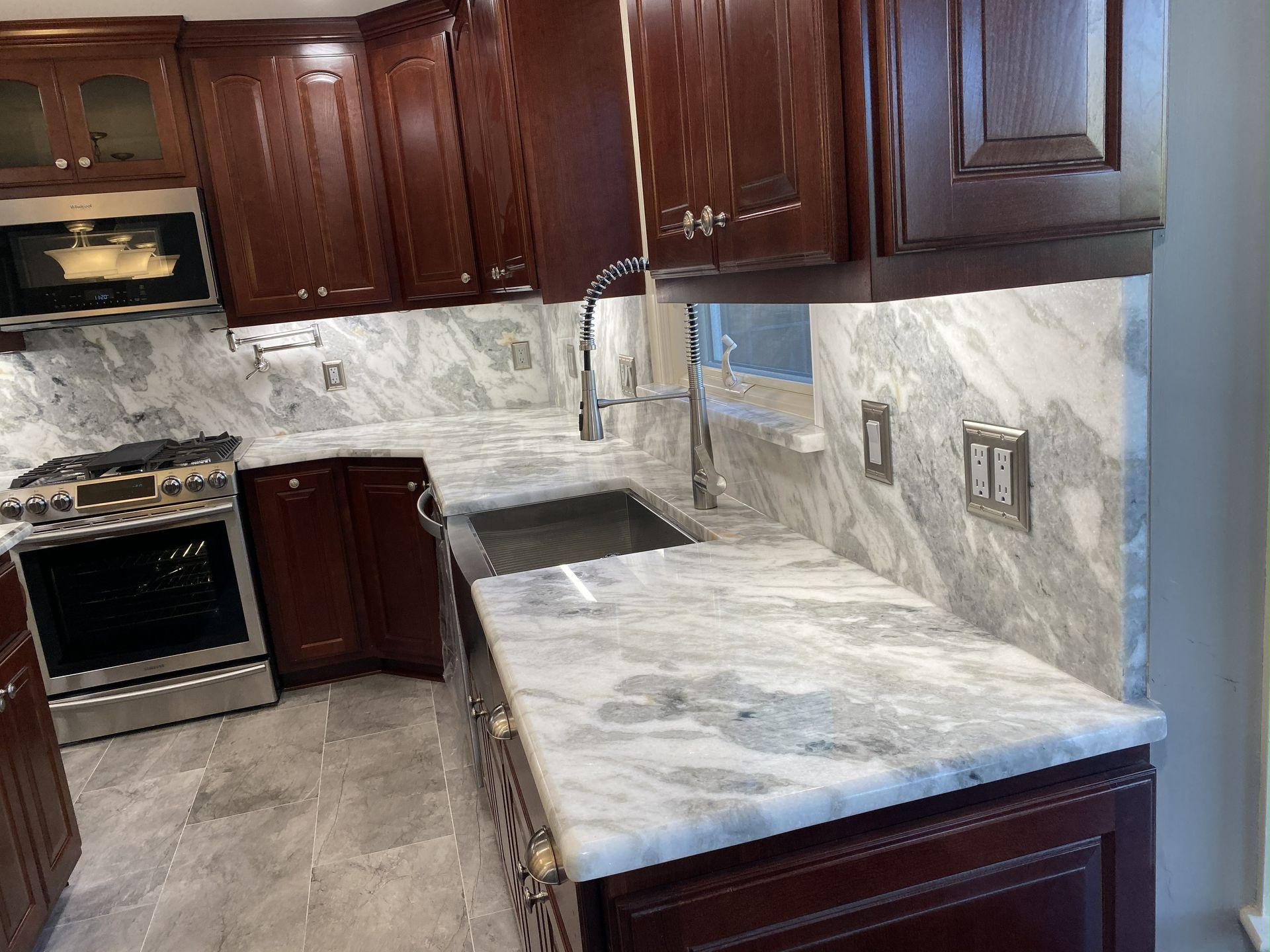
Granite is one of the most popular choices for kitchen and bathroom countertops—and for good reason. It's durable, beautiful, and timeless. But like any natural stone, granite needs a little care to keep it looking its best. One of the most important steps in maintaining granite countertops is sealing them. In this post, we’ll walk you through the basics of sealing granite, why it’s so important (especially for countertops that get regular use), and how MGL Granite can help. Why Does Granite Need to Be Sealed? Granite is a natural stone with a porous surface. That means that if it's left unsealed, liquids like water, oil, wine, or juice can seep into the stone, causing stains or even long-term damage. Bacteria can also find their way into those tiny pores, which isn’t something you want on your food prep surfaces. Sealing your granite countertops helps create a protective barrier that: Repels moisture and spills Prevents staining Makes cleaning easier Extends the life and beauty of your countertops How Often Should You Seal Granite? It depends on the type of granite, how much use your countertops get, and the type of sealer used. Some granite varieties are denser and require sealing less often, while others are more porous and need more frequent attention. As a general rule: Seal high-use kitchen countertops once a year. For less frequently used areas (like guest bathrooms), every 2–3 years may be enough. Pro Tip: Not sure if it's time to reseal? Drip a few drops of water on the surface. If it beads up, you're good. If the water soaks in, it's time to reseal. How to Seal Granite Countertops: Step-by-Step 1. Clean the Surface Thoroughly: Wipe down your granite with a gentle stone cleaner or warm soapy water. Remove all residue and let it dry completely before sealing. 2. Choose the Right Sealer: Use a granite-specific penetrating (or impregnating) sealer that soaks into the stone to provide long-lasting protection. 3. Apply the Sealer: Follow the instructions on the label. Typically, you'll a pply the sealer evenly with a clean cloth or applicator pad. Let it absorb for about 15–20 minutes. Wipe off any excess with a clean, dry cloth 4. Let It Cure: Most sealers cure within 24 hours. During this time, avoid using the surface or getting it wet. Want a Professional to Handle It? We've Got You Covered! At MGL Granite, we don’t just install granite—we help you maintain it. We offer professional granite sealing services, so you don’t have to worry about the mess or guesswork. Whether you need sealing for a newly installed countertop or want to refresh an older surface, we’re here to help. Keep Your Granite Looking Great for Years Sealing your granite countertops is a simple step that goes a long way in protecting your investment. With regular maintenance—or a visit from our team—you can enjoy the beauty and durability of your countertops for decades to come. Contact us today to schedule your sealing service or ask about the best care plan for your countertops!

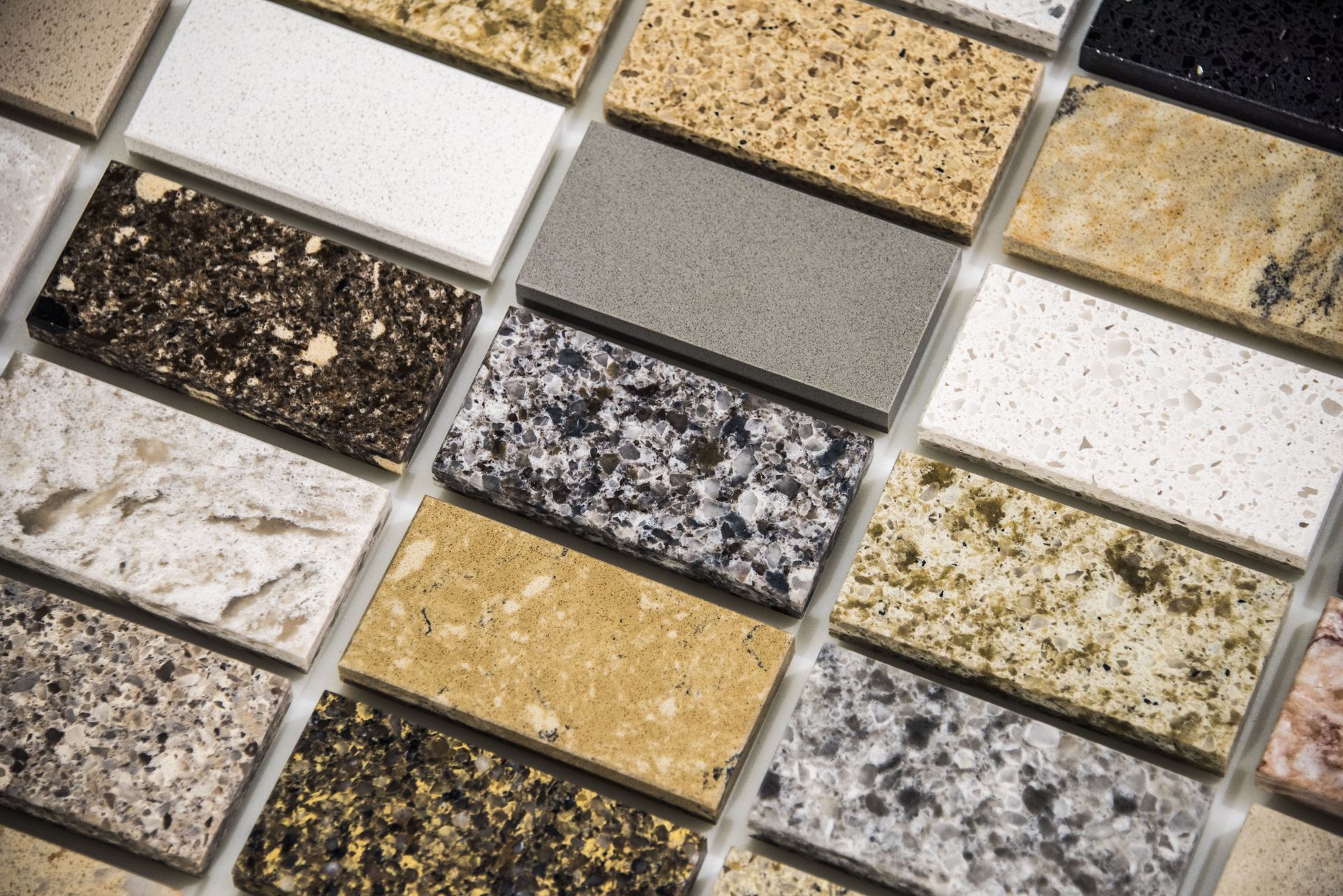
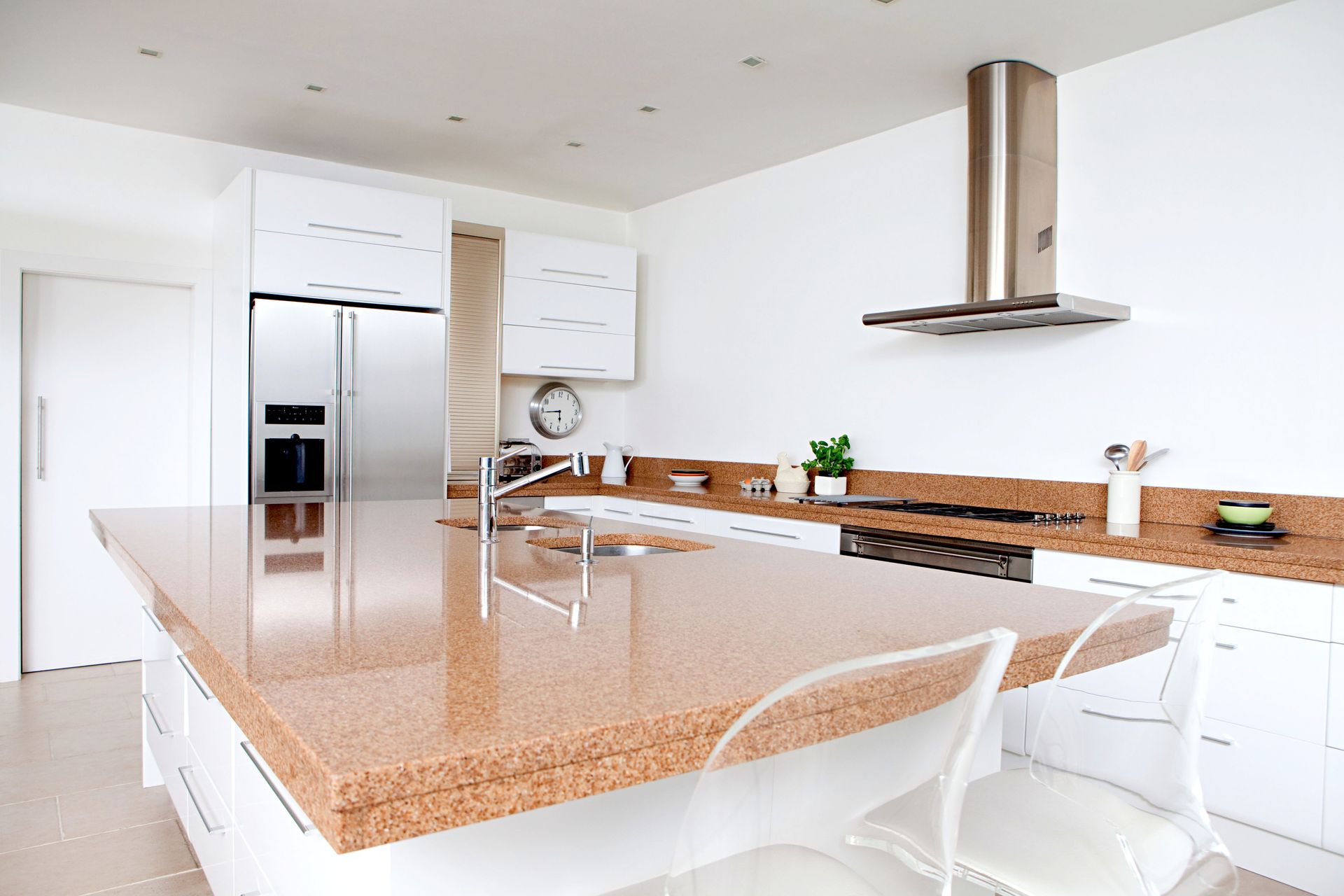

Share On: